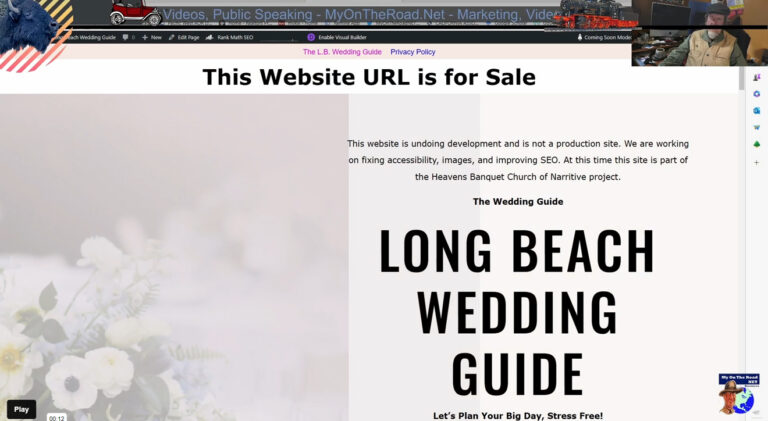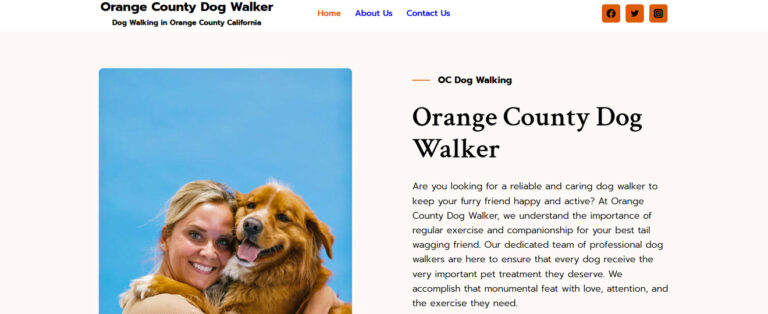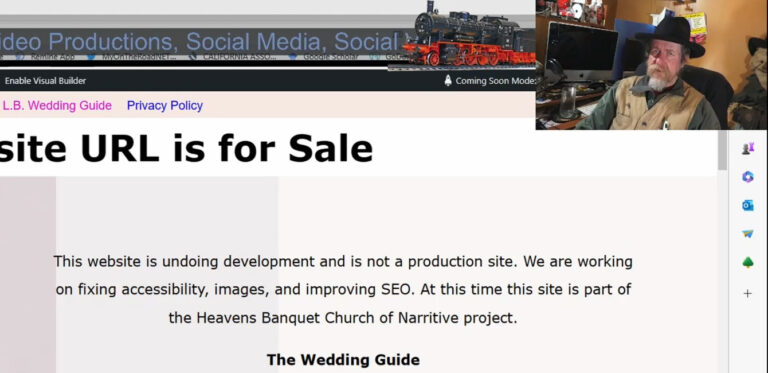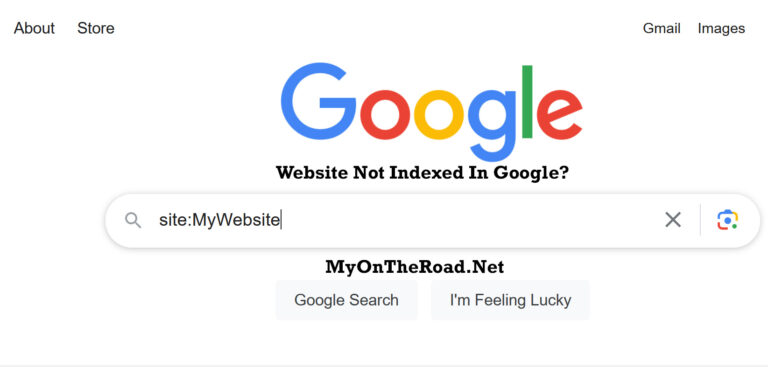We Make Small Business Websites For Non-Technical People
How we do it.
We make getting a new business website easy for Non-Technical people and small businesses by building starter sites that can be improved on over time. Are you looking to implement design systems that complement the rhythms of running a small business? One’s daily, monthly, and yearly rhythms are what make up both our life narratives and our business narratives.
At this time we are only working with people and businesses in the Long beach, Gateway Cities, and North Orange County areas of California.
Small business Websites for Non-Technical people
Most small businesses don’t want to put what they do best (paying work) on hold to do web design and continuous website improvement. Another area small businesses struggle with is implementing best practices and systems that are made for bigger companies. Both of these problems are somewhat mitigated by getting a starter website up and going, then doing continuous iteration over time.

From what I’ve seen many small business people have more to do than time to do it in. That’s why I developed a get started now web design workflow for small businesses
It just makes more sense to most small business owners to have something up and running, while also working at continuous long term improvements. In the beginning a new site may not get enough traffic for organic sales. But it can still be useful as part of your marketing and sales system.
The long term benefits of a website are it can provide low cost lead generation and cement credibility in the minds of customers. A high ranking website can also be an important element of reputation management.
The starter website approach takes a different path than doing all the market research upfront at the beginning. By using a starter site you will have a fairly low price working website where you can add content and iterate as needed.
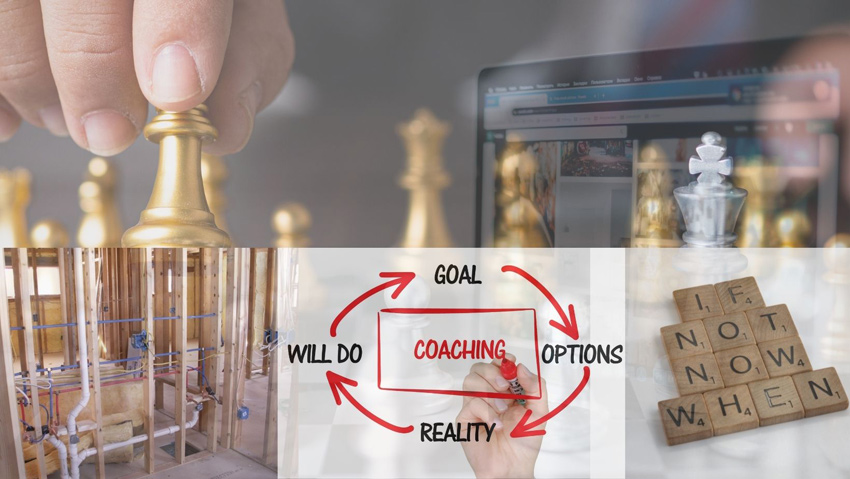
Monthly iterations can help spread the cost of the site out over time.
Continuous website improvement allows you to add sections and content as new parts of the project are needed. It also makes it easier and often less costly to implement changes as new information is collected.
Keeping your website fresh will also help with search engine rankings. In recent research (2019) it’s estimated that 19 percent of small business owners said getting traffic to their site was one of their biggest issues. An equal number said outranking their competition in SERPs (Search Engine Results Pages) was a problem.
We start with a traditional business evaluation and get as much information about your business as possible. What I’ve observed over the years is that many small businesses don’t know all the information needed to create a truly effective website. Most small businesses also can’t justify spending hard earned money or the needed extra time to pay for up front market research. Research takes time, money, and resources away from other activities. If you’re interested in doing simple research about your target market we can give you coaching and advice on how to do it.
Low discretionary resources and/or the constraints of pre-established budgets is the reason we begin with a starter website. This is so we can get a website up and help meet business goals in a short period of time. Usually, what we lack for doing a real crackerjack job of the whole shebang, is enough high quality information to make the best decisions.

The Starter Website for Small Business
While not having all the information we’d like, we do need to begin the design process with as much quality information as possible. Once we have enough information, then it’s time to build the starter site. The starter site is a foundation to be continuously improved on over time.
Do basic websites still work?
Can they really help make more money?
Yes, not as well as a site with a well-defined strategy and ideal customer messaging, but they do still work.
While websites are not as effective at generating leads as in the early 2000s, most people still checkout a business online before making a purchase.
We modify the website’s strategy and messaging in iteration over time.
As we get more information we modify the direction of the website for higher traffic and better conversion. This is done by defining the business’s ideal customers and tailoring the site to be in alignment with the customers’ narrative, needs, and values.
In other words, we need to discover the true and often elusive underlying needs of an ideal customer. What are the reasons they buy from you and not someone else? Then it’s time to define how your business meets those needs in a way that makes sense to the customer. What is the unique value you bring to your ideal customer?
Do you know your target market? Do you have an ideal customer profile?
If you don’t, ask how we can help you identify who your customers are. If this is something you’re interested in we can help you set up a simple customer/market research project. Knowing more about your ideal customer will improve how the website performs. It will also assist with any additional marketing you do in the future.
What you don’t know can hurt you.
There are quite a few laws and regulations that govern web design. While I’m not an attorney, I do spend time following contemporary cultural developments that will impact your website and business. I always think of culture in the way B.F. Skinner talked about it, and it does include legal rules as well as those of big tech (Google, Facebook, Microsoft.)
Some considerations are Copyright laws, ADA accessibility laws, and state laws such as privacy page requirements.
For all legal questions or advice I always recommend you talk with an attorney.
Some rules of big tech are the rules they implement to decrease organic reach. These rules make it harder and harder to get unpaid traffic. Facebook is constantly decreasing how many of your followers see your posts and search engines are on a quest to show more ads and less organic listings. Search engines have also started to favor larger sites with big budgets at the expense of small businesses.
Along with web design we can teach you how to use your new Website. Although, if you’re involved in one of our continuous website improvement packages you won’t need to, because we do that for you.
Why you don’t want a teenage relative developing your business website.
While young people have grown up with technology, most have not spent much time studying website performance or other requirements of modern business websites. Even many experienced web designers ignore good usability in favor of fashionable design. The problem with many design fashion fads is they make the website hard to use for more mature customers. You may need to ask yourself, is your website only for youngsters? Who are your customers?
Even if your teenager has experience developing websites they most likely lack experience in the real life business application of websites. Having a personal blog with an Instagram feed and stories about cars and concerts is a lot different than running a business website.
While a website designed by your teenage relative may look very much like a site we design, there are often subtle, but very important differences.
Deceptive appearances in nature, business, and web design.
Is your website a Hover Fly or yellow jack?
To an untrained observer a Hover Fly and yellow jack look the same, but one defends its territory with a painful sting and the other is just a big bluffer.
Many of you know I’ve trained dogs all my life. We see the same thing with police type protection dogs. Some look ferocious only to be easily backed down. Often the price of a dog is determined by how hard it is to back down. A skilled trainer can make an easy to back down $1,000 dog look a lot like a hard to back down $15,000 dog. On the other hand, they can also make the $15,000 dog look like it should cost less. Selecting police patrol and protection dogs is an art to itself.
The point is, most people can’t see the difference in these two dogs. So they need to trust their breeder, importer, or trainer to get them the right dog.
This is very similar to websites. Most people can’t tell the difference between websites other than how the site looks to them. Usually this means how the site looks to an untrained observer. Some very nice looking, catch your eye websites, are not very good at basic requirements and baseline performance.
Just because most people can’t see a difference doesn’t mean there is no difference.
As we saw, there can be consequences to how the site was made.
Over the last couple of years I have developed a habit of running simple audits of websites I visit. The areas I’m looking at are website vitals and other core necessities.
Recently I’ve been running these audits on websites from web design companies on craigslist and google SERPs (Search Engine Results Pages.) The more they boast about SEO and speed, etc… the more likely I am to check them out. Some of the sites are technically done quite well, many are not.
Compared to two years ago there is a tendency toward better performing sites. Two years ago almost all sites failed the simple test I run. Now a large percentage pass.
It’s not surprising that the craigslist sites are often the worst offenders. Another interesting finding from craigslist that I didn’t expect is the number of sites claiming to be local or based in the United States that are either out of the States or have an about us page with fake staff member profiles. This is not all of the ads, but more than I expected.
Deception is a common strategy you’re likely to encounter whether camping in yellow jacket country, buying a protection dog, or getting a new website.
If you are looking for an honest conversation about website design or getting traffic to your website contact me and let’s explore your business goals together.
Andrew Ledford 562-423-1691
We provide small business website design for local Long Beach, North Orange County, and Gateway Cities area businesses and professionals in California.


